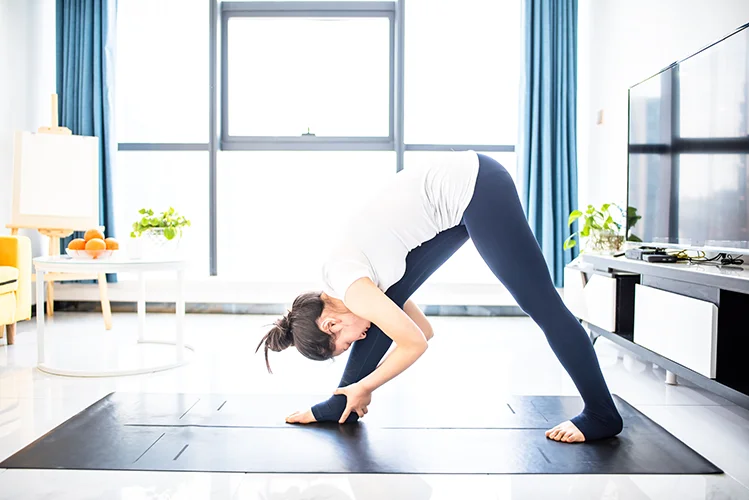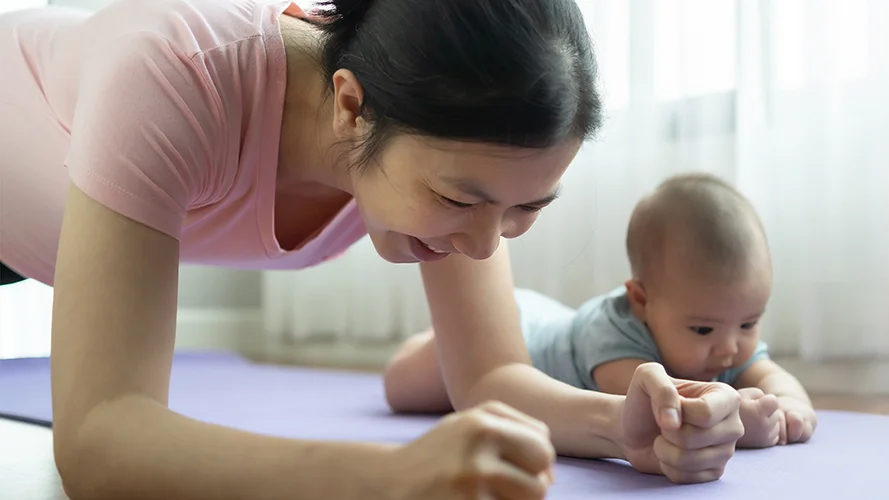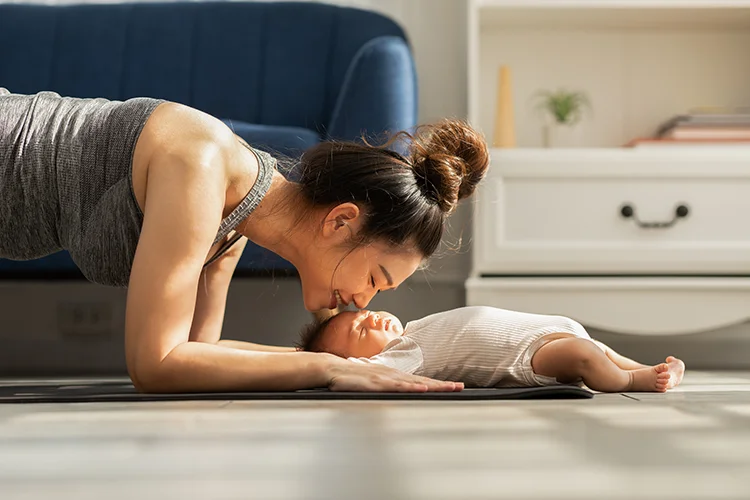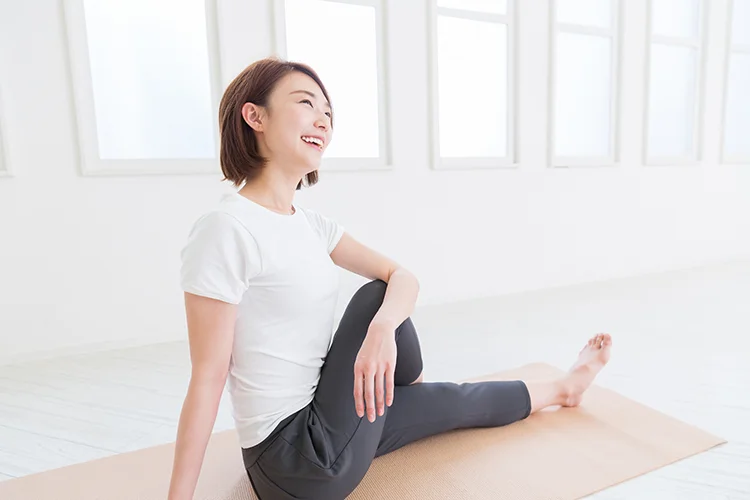Topics
Effectiveness of High-intensity Interval Training (HIIT)
High-intensity Interval Training or HIIT, is an alternative to traditional endurance training. HIIT is a workout methodology that constitutes intermittent maximal or supramaximal exercise, interspersed with recovery periods.
It requires less time and allows a greater volume of high-intensity exercises that are effective in achieving cardiovascular, metabolic, and skeletal muscle improvements.
A key feature of HIIT workouts is their anaerobic nature, meaning they do not primarily depend on oxygen to fuel the energy demand during the workout sessions. Instead, they use the power of creatine phosphate (a high-energy molecule stored within the muscles) to drive the rapid-fire exercises.
This results in an efficient energy utilisation process and fosters muscle strength and endurance development in a relatively short period.
For an adult to maintain optimal heart health, the WHO suggests at least 150 minutes of moderate-intensity exercise every week. Achieving this route is made more accessible and adaptable through HIIT workouts, which can be adapted to fit any individual's medical needs and fitness levels.
The options for HIIT exercises are versatile, encompassing activities such as rowing, elliptical cross-training, aqua training, swimming or cycling. This adaptable approach breaks the monotonous nature usually associated with traditional cardio exercises, which generally involve maintaining a moderate, steady pace for 30 minutes or more.
The hallmark of HIIT is its rhythmic cycle of intense bursts of effort, where your heart rate rises, followed by recovery periods. This technique reduces time from your workout routine and amps up calorie burn due to its vigorous nature. Consequently, HIIT stands toe-to-toe with continuous endurance workouts, offering comparable, if not better, fitness benefits in a fraction of the time.
HIIT serves as a great option to meet and potentially surpass the WHO's recommended exercise guidelines, creating a path to a healthier life.
Benefits of HIIT Exercises
HIIT workouts help you achieve your fitness goals in less time compared to traditional exercises. The variability in HIIT routines keeps the workouts engaging and prevents them from becoming monotonous, potentially helping to maintain a consistent exercise regimen.
Following are some benefits offered by HIIT workouts:
More calories are burned in a short period
The high-energy bursts of HIIT workouts facilitate a faster calorie burn, potentially equating the calorie burn of a 20-minute HIIT session to that of a 40-minute traditional cardio routine.
Promotes body fat loss
Engaging in HIIT workouts triggers excess post-exercise oxygen consumption (EPOC), initiating a prolonged fat-burning process that extends past the duration of the exercise session.
Helps increase muscle mass
HIIT effectively increases muscle growth and mass, particularly when combined with resistance training.
Helps increase metabolic rate
The heightened intensity of HIIT workouts leads to an accelerated heart rate, which increases metabolism that leads to retaining lean muscle mass while improving energy levels.
Helps strengthens the heart and cardiovascular system
Through HIIT workouts, the heart becomes better at distributing more blood with each pump. This process improves blood circulation and helps to reduce inflammation and risk of heart diseases.
Stabilisesblood glucose levels
By enhancing insulin sensitivity and creating an increased demand for glucose to fuel the body, HIIT exercises play a crucial role in stabilising blood sugar levels, which lowers the risk of developing diabetes.
15 HIIT Exercises
Characterised by their time efficiency, the following exercises can be accomplished in a quick 10 to 30-minute session in the comfort of your home.
| Exercise | How to |
| 1. Jumping jacks |
Here are the steps:
Repeat for 20 seconds at high intensity and with 10-second rest intervals in between. |
| 2. Burpee |
Here are the steps:
Repeat for 20 seconds at high intensity and with 10-second rest intervals in between. |
| 3. Push-up |
Here are the steps:
Note: Perform push-ups on your knees if you could not perform the steps above. Repeat for 20 seconds at high intensity and with 10-second rest intervals in between. |
| 4. Mountain climbers |
Mountain climbers target the shoulders, hamstrings, triceps, and quads. Here are the steps:
Note: Try not to rock your torso from side to side but breathe through it. Repeat for 20 seconds at high intensity and with 10-second rest intervals in between. |
| 5. Squats |
Squats target the hamstrings, thighs, quads, and glutes. Here are the steps:
|
| 6. Sit-ups |
Here are the steps:
Repeat for 20 seconds at high intensity and with 10-second rest intervals in between. Repeat this for 8 rounds, or at least 4 minutes. |
| 7. Jump rope |
Here are the steps:
|
| 8. Jump squats |
Jump squats target the glutes, hips, quads, and hamstrings. Here are the steps:
|
| 9. Kettlebell swings |
Kettlebells are specialised ball-like weights with a handle that allows movements through several ranges of motion, engaging various muscle groups simultaneously. Typically, a kettlebell HIIT routine follows a specific pattern where a single exercise type is executed in eight rounds or spans four minutes, with brief 10-second rest intervals between each rep. For instance, your workout might include:
|
| 10. Russian twist |
The Russian twist is an excellent exercise to strengthen one’s obliques and spine. Here are the steps, performed with kettlebells:
Repeat 8 rounds that last about 20 seconds at a high intensity, and with 10-second rest intervals in between. Cool down for about 5 minutes with stretching or light cardio exercise. |
| 11. Lunges |
Lunges target the core, quads, and glutes. Here are the steps:
|
| 12. Lunge jump |
Here are the steps:
|
| 13. Box jumps |
Box jumps are a powerful plyometric exercisethat improves strength, speed, and agility. Here are the steps:
Perform this action with maximum effort for about 20 seconds for 8 rounds, with 10 seconds of intervals between each round. |
| 14. Plank |
Plank strengthens the core and abdomen. Here are the steps:
Repeat the exercise for about 8 rounds, or at least 4 minutes. |
| 15. High knees |
Here are the steps:
Perform this action with maximum effort for about 20 seconds for 8 rounds, with 10 seconds of intervals between each round. |
Tips for HIIT Beginners
- 4Always start at a pace that suits your current fitness level. You can then gradually increase the intensity and duration as your fitness improves. However, do consider working with a fitness professional if you are unsure about your form and fitness level.
- Learn to listen to your body; do not push yourself too hard too soon because excessive pushing during high-intensity workouts may lead to burnout or injury.
- Get guidance from fitness professionals to learn how to maintain proper form during HIIT exercises. This is important for injury prevention and to maximise workout effectiveness. Good form targets the right muscles and minimises the risk of strains or sprains.
- Use a ratio of exercise to recovery. For example, a ratio of 1:1 might be a 1-minute high intensity followed by a 1-minute recovery.
Make an Appointment at Gleneagles Hospitals
HIIT workouts are an excellent solution for busy women looking to integrate effective fitness routines into their schedules. These workouts save time and offer remarkable benefits ranging from improved cardiovascular health to muscle toning. Always consult a professional for an individual workout plan based on your needs.
It is about working out smart, not long, and with HIIT, you can achieve your fitness goals without sacrificing a large portion of your day. Begin your journey with HIIT and experience a practical, flexible, and beneficial way to maintain your health and well-being amidst a busy lifestyle. If something feels painful or uncomfortable, modify the activity or seek guidance from a fitness professional.
Schedule an appointment today with the team of Obstetrics and Gynaecology specialists or physiotherapists at your nearest Gleneagles Hospital if you have questions about home workouts.









